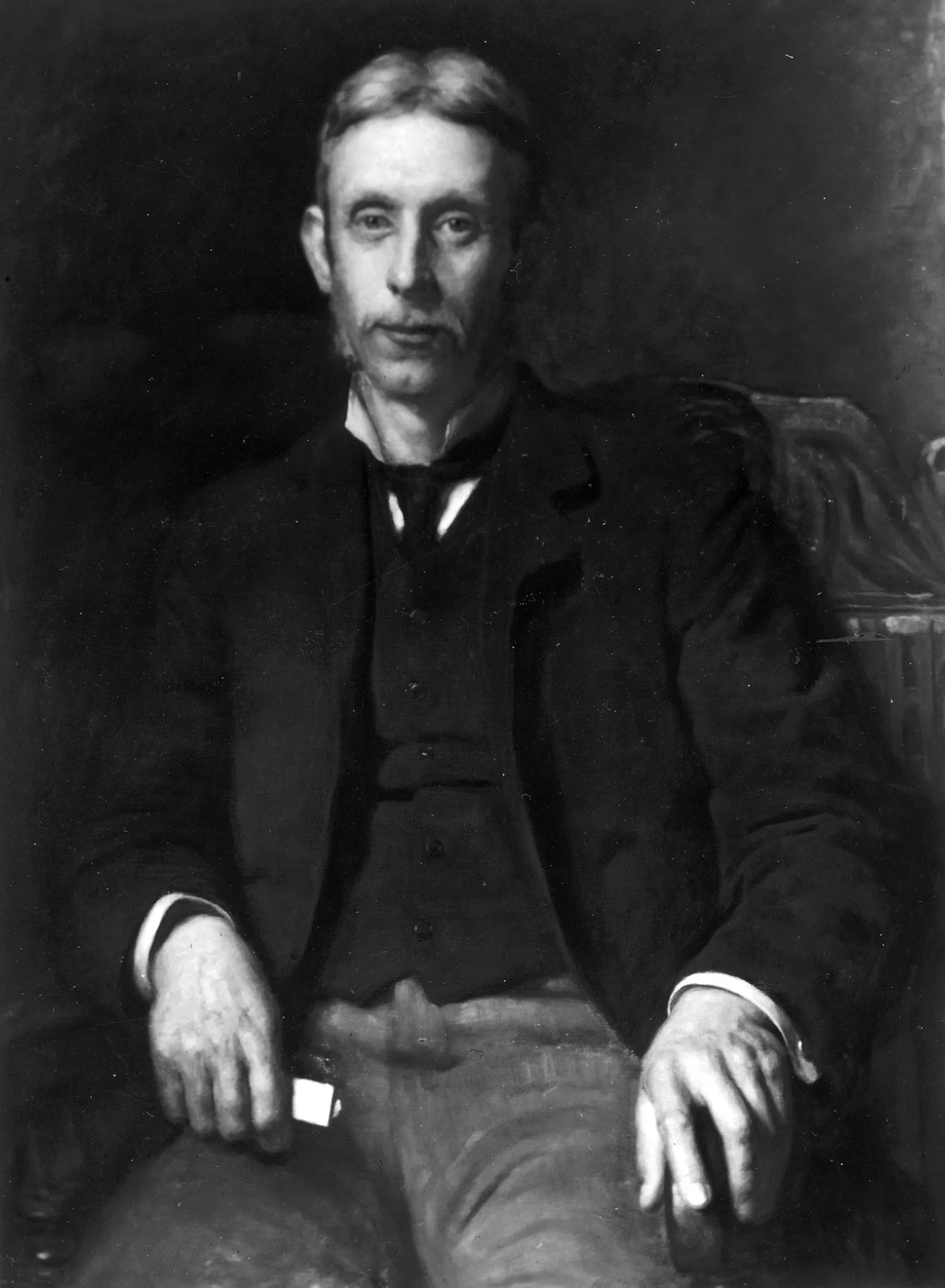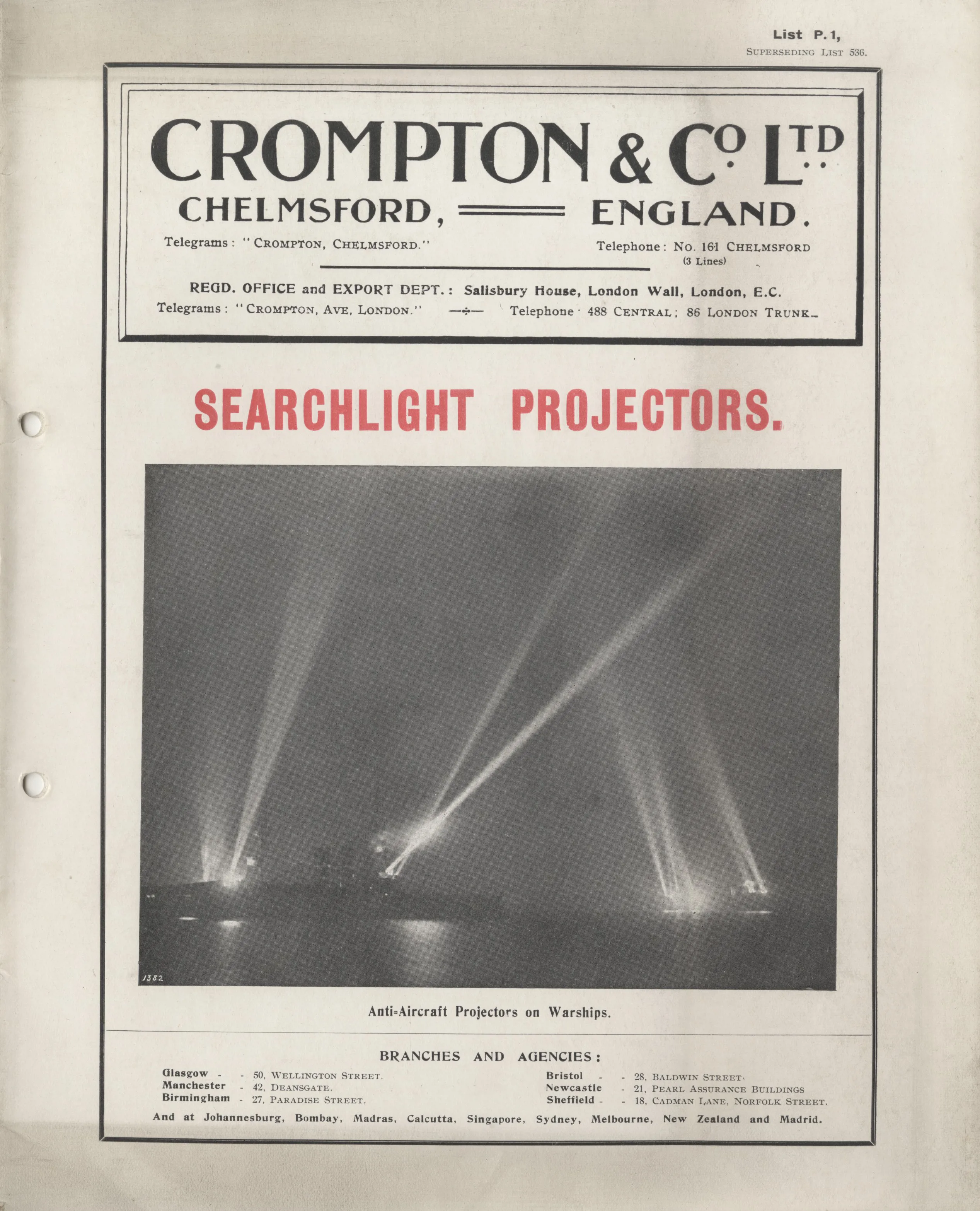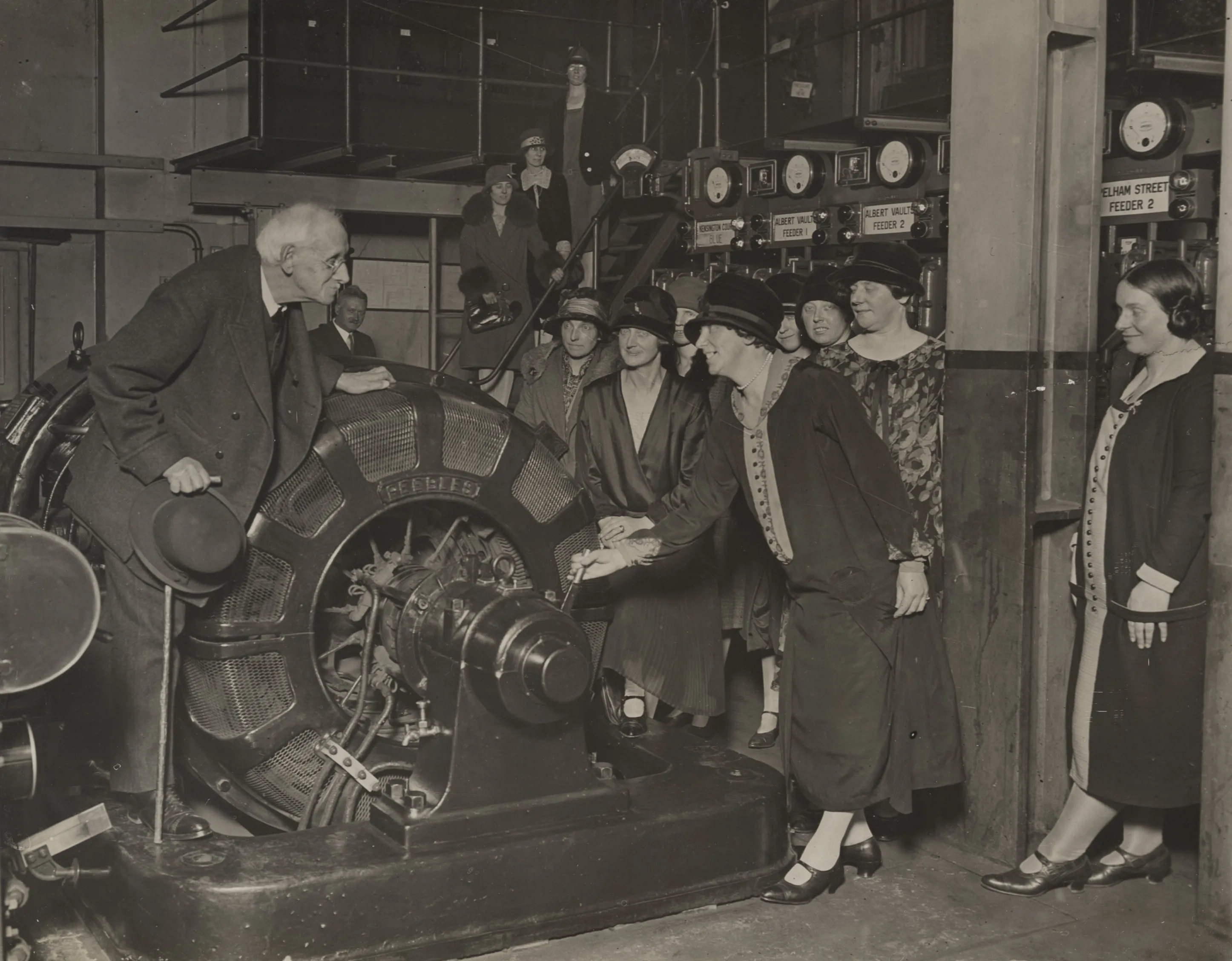Twice President of the Institution of Electrical Engineers and Faraday Medallist, Colonel R E B Crompton was a truly remarkable character. He was the major pioneer of the electrical industry in the late nineteenth and twentieth century, but also a celebrated soldier and, by all accounts, a man of unmatched benevolence.
Early military career
Crompton allegedly began his military career at a very young age. In his autobiography, he states that he accompanied his family to the Crimea and 'my mother's cousin, Captain Houston Stewart, who commanded HMS Dragon, passed Gibraltar, they allowed him to take me with him on board his ship to the Crimea.
I started as my cousin's guest on the Dragon, but eventually, it was found to be necessary that I should be enrolled as a cadet in the Royal Navy. Thus I may be have said to have commenced my service to Queen Victoria at the age of rather less than eleven.'

Photograph of a portrait, held by the IET, of Colonel Rookes Evelyn Bell Crompton by George Harcourt, 1935.

British Section - R E Crompton and Company's exhibition stand at the International Electrical Exhibition, Paris 1881
Crompton & Co.
After the army, Crompton pursued a career in electrical engineering sparked during his commission in India where he developed steam engines. One of his first accomplishments was the installation of a Gramme dynamo and arc lamps, to improve night work conditions, at his brother's foundry.
In 1875 Crompton joined T.H.P. Dennis & Co. Three years later he formed his own company, Crompton & Co., which rapidly became a major force in the electrical industry.
Crompton & Co not only produced virtually every electrical device of the time including instruments, domestic appliances and lamps but, he was the first major British manufacturer of generators, and his power station at Kensington Court, which began supply in 1887, provided the first practical house to house electrical supply scheme. In 1899, a Crompton dynamo produced the first unit of electricity generated in Calcutta. Three years earlier he had authored India's first Electricity Act.
For more information about his pioneering work in India please see our article; Colonel Crompton in India.
Arc lamps and domestic electricity
Crompton's work with arc lamps began with Dennis & Co. Dissatisfied with the French lamps he was importing Crompton designed a lamp of his own based on the successful Serrin lamp. He placed the mechanism above the carbons so that it cast no downward shadow, and improved the regulating mechanism to reduce the amount of flickering. Crompton's design based upon the Pochin lamp produced one of the best arc lamps available.
He used his arc lamp design to develop the military searchlight. In 1880 he published one of the first lighting manuals, The Electric Light for Industrial Uses. In the same year, he met Joseph Swan and was impressed by Swan's incandescent lamp. Crompton and Swan worked together, their joint company installing both arc and filament lamps.
Using his own electric light design Crompton mounted spectacular demonstrations at the Henley Regatta and Alexandra Palace in 1879. His installations included the Windsor Castle, the Law Courts, King's Cross station as well as the Opera House and several other public buildings in Vienna.
Colonel Crompton took a strong interest in the development of the domestic use of electricity and worked closely with the Electrical Association of Women. Crompton & Co produced one of the first electric cookers. He was instrumental in the formation of the International Electrotechnical Commission in 1906 and in 1926 was awarded the Faraday Medal.
Crompton died 15 February 1940.

Crompton & Co catalogue for Searchlight Projectors, 1916

Colonel Crompton with members of The Women's Engineering Society on a tour of a power station.
We’re upgrading our systems, and this includes changes to our customer and member account log in, MyIET. It’s part of our big picture plan to deliver a great experience for you and our wider engineering community.
Whilst most of our websites remain available for browsing, it will not be possible to log in to purchase products or access services from Thursday, 17 April to Wednesday, 30 April 2025. Our Member Relations team is here to help and for many of our services, including processing payments or orders, we’ll be able to support you over the phone on +44 (0)1438 765678 or email via membership@theiet.org.
We apologise for any inconvenience this may cause and thank you for your understanding.
For further information related to specific products and services, please visit our FAQs webpage.
